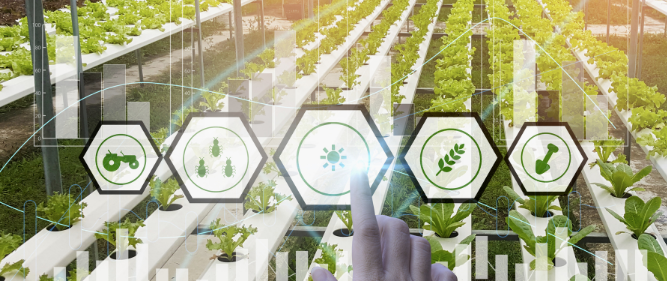In a recent post, I summarized the new traceability requirements recommended by the U.S. Food and Drug Administration (FDA). The proposed rule would require additional recordkeeping for those who manufacture, process, pack or store foods included on the FDA’s new Food Traceability List.
The thought of new government regulations can often elicit groans from manufacturers, but rather than view this as another hoop to jump through, food and beverage companies should take a long view: It’s really an opportunity to improve product quality, boost efficiency and reduce manufacturing costs.
Manual recordkeeping: The risk coming from “inside the house”
Today’s food processors have to contend with volatile consumer preferences, increased changeovers and just-in-time inventory stocking from suppliers. This leaves less margin for error, especially if you’re managing most of your traceability manually.
Literal paper trails are still common in many facilities, which can make traceability a real challenge: a document can be misplaced, sloppy handwriting may be indecipherable and certain steps of the manual process may get forgotten or neglected. For example, if a wrong ingredient is used in a recipe and you can’t determine what went awry due to a document discrepancy, you now have a lot of wasted product (and time) on your hands.
Consumer demand for variety means more SKUs, more SKUs mean more changeovers, and more changeovers mean more opportunity for mistakes and human error. That’s why automating your traceability program is more important than ever.
The tangible benefits of automation and traceability
Manufacturing execution systems (MES) are at the heart of an effective and efficient traceability program. Some facilities may not utilize an MES at all, or they might have one but only use it to focus on factors like downtime, while still treating other portions manually.
Enhancing your traceability program by shifting from analog to automation yields numerous benefits beyond just regulatory compliance, such as:
- Minimizing waste and re-work — With proper automation, processing equipment can immediately detect if an incorrect ingredient is being added. This safeguard can prevent bad batches that would otherwise have to be disposed of, thus saving time and raw materials.
- Greater transparency — When ingredients are scanned and digitally tracked throughout the supply chain, you can see the quantities and locations of ingredients used in a particular batch in real time. Plant managers can receive a detailed report after each batch or shift depending on their needs.
- Improved product quality — Greater transparency and less opportunity for mistakes will naturally improve the quality of your product, but in the event of an issue, you’re able to pinpoint the source of the problem much more easily. By establishing better forward and backward genealogy, you can trace exactly where the ingredient-in-question was used, on which lines and on which pallets, minimizing the impact of a potential recall. By shifting from paper to digital, this process can take minutes instead of days.
- More efficient supplier restocking — By automating your traceability program, you can ensure the ingredients you need are on site when you need them. Rather than manually looking at tank levels and calling suppliers at the last minute to reorder ingredients, your system can automatically monitor inventory and plan new orders in advance. Not only does this improve your inventory management, planning ahead helps the supplier reduce shipping costs, which can translate into savings for you.
- More accurate predictability and issue diagnoses — If you are collecting and tracking all of this information in a database, it can be harnessed by artificial intelligence (AI) technology to help you better understand your processing. For example, what caused the change in product texture this month? Rather than search the haystack for a needle, AI can make sense of your trove of data and intelligently inform you why something is happening. Perhaps it was a change in your flour supplier that caused the difference — you’d be able to know that easily and more quickly compared to a manual process.
In addition to these practical benefits to your business, shifting to digital traceability will make things considerably easier for manufacturers who may bear additional recordkeeping responsibility due to the new FDA proposal.
At Stellar, we conduct assessments for facilities looking to upgrade their traceability program, including analyzing the current situation, making recommendations on a process, implementing a new solution and software, and migrating the plant from paper to digital.
Interested in an audit of your traceability program? Still have questions about what these changes could mean for your business? Email me at foodforthought@stellar.net or give us a call at 904.260.2900.




keep us up to date like this. Thanks for sharing.